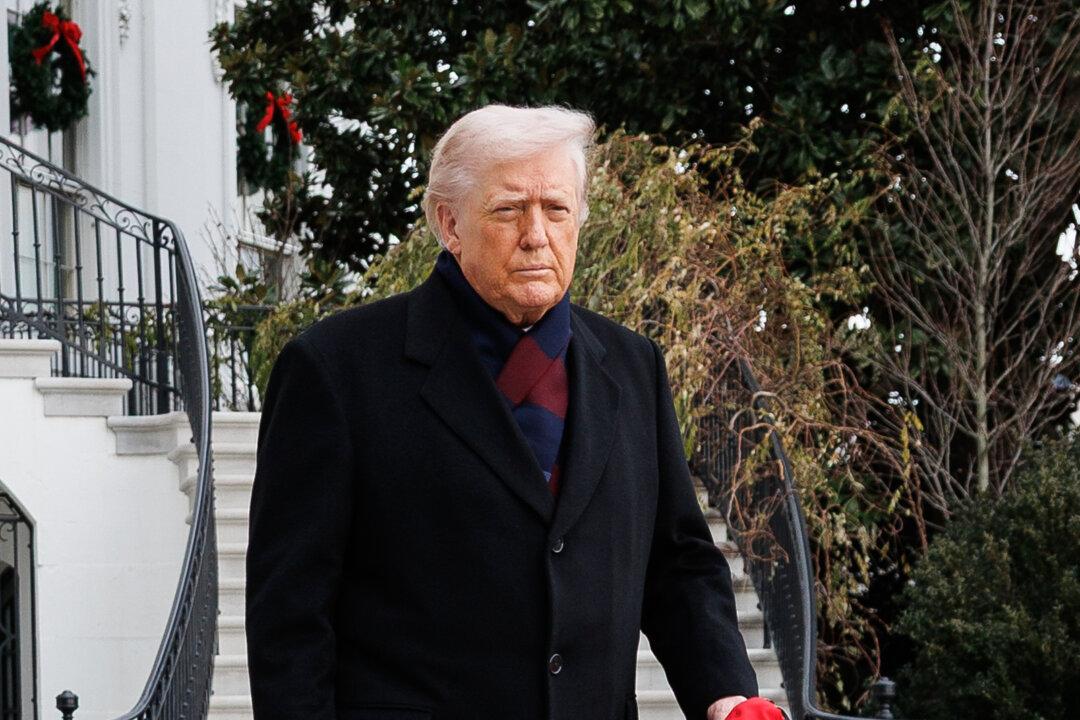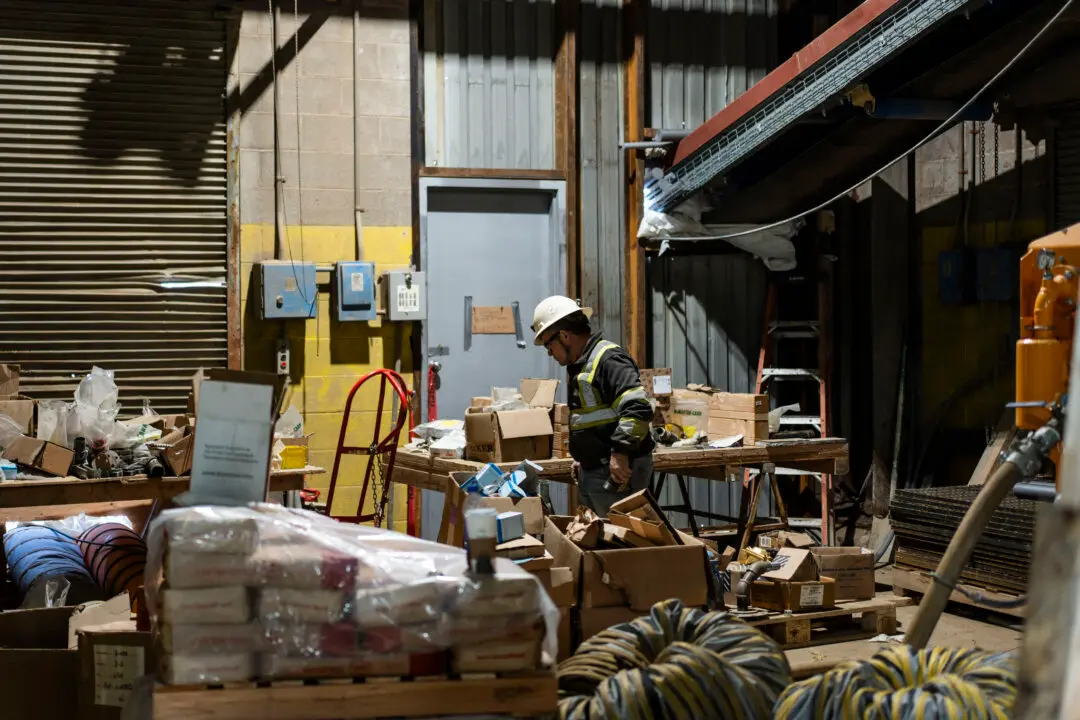Oil prices dipped July 13 as traders considered factors such as a surge in COVID-19 infections globally and a much-anticipated technical meeting of representatives of the Organization of the Petroleum Exporting Countries (OPEC), at which a push is expected to lift production curbs, according to sources cited by The Wall Street Journal.
U.S. crude fell 2.4 percent, to $39.59, while Brent crude dropped 2.3 percent to $42.26 per barrel.





